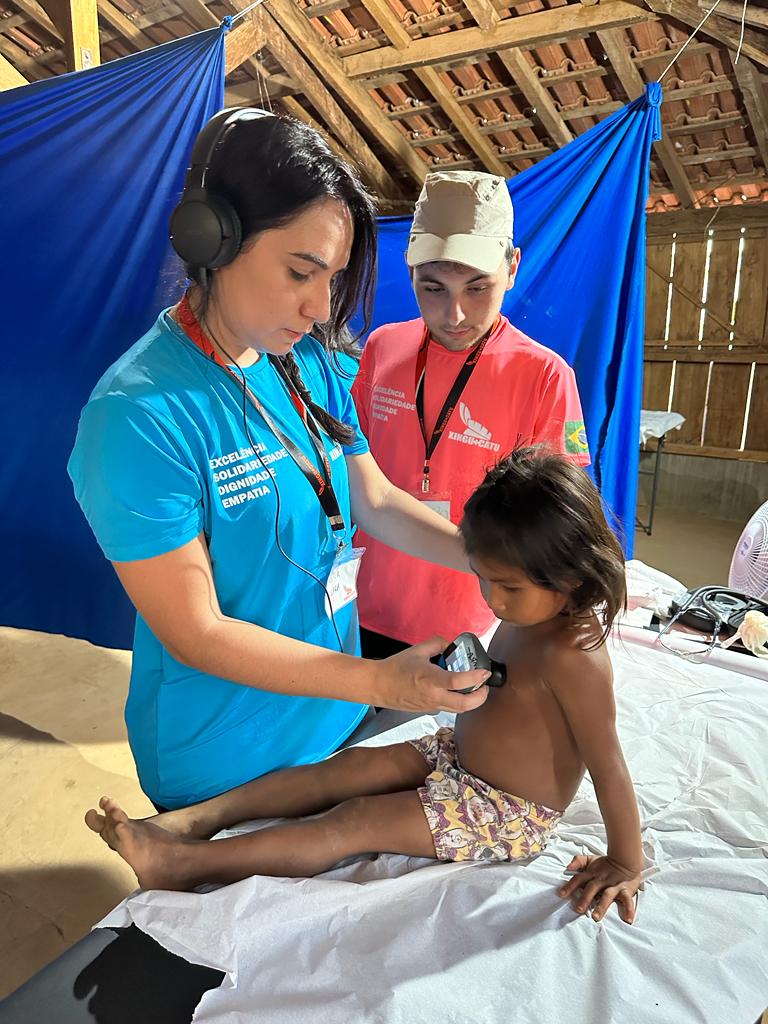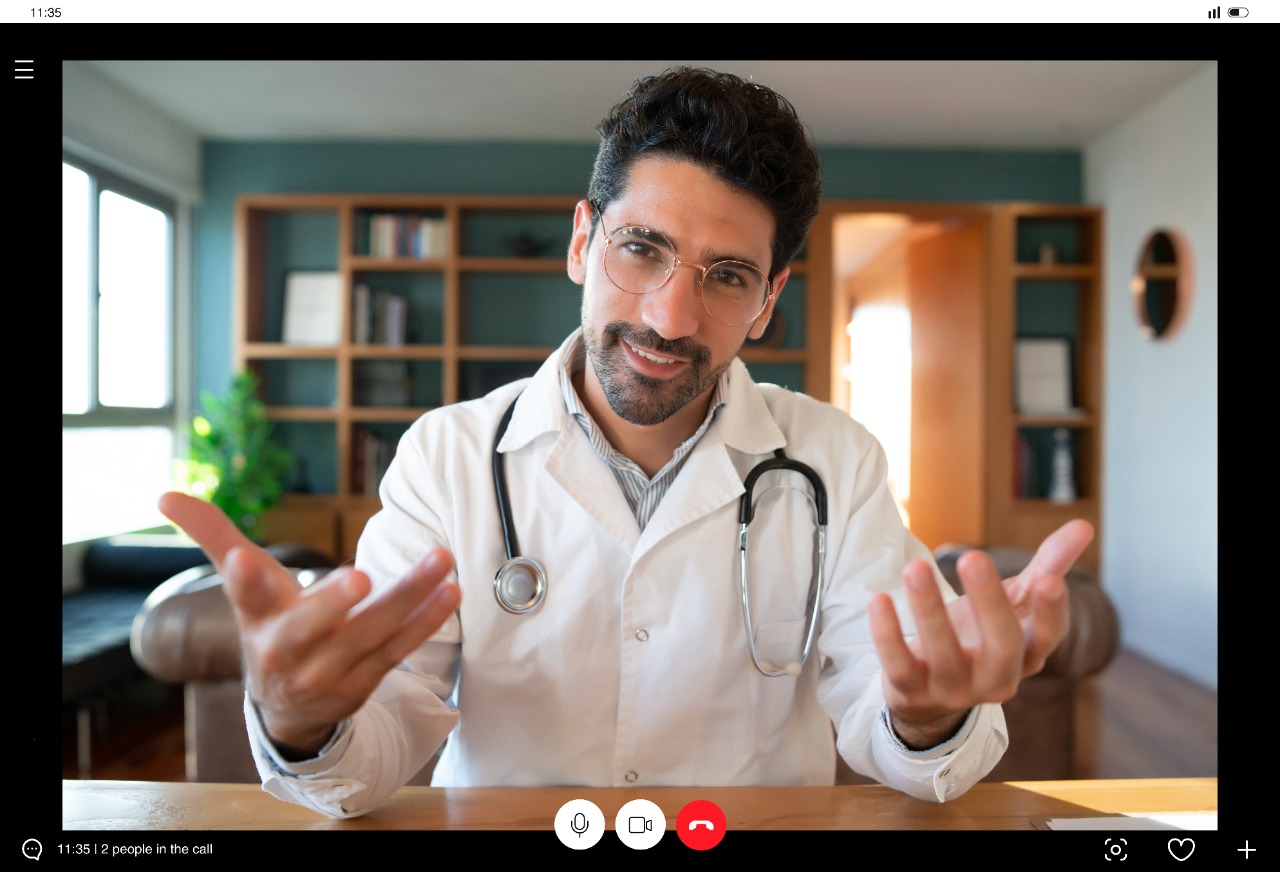It is a fact that a series of technological revolutions will enable a transformation in our behavior as a society.
And we cannot deny that we are already experiencing these transformations. Although the term may sound strange at first, we are a (the only!) hybrid generation. We were born analog and will die digital. This scenario is different from that experienced by those who preceded us and were analog 100%, and also from those who were born after the turn of the millennium, who will already be digital 100%. For this reason, we are more susceptible to interference, we have gone through the pain of this transformation and we show greater resistance to change.
To illustrate, just think about the transition from analog to digital phones (smartphones); from bank branches to apps that control our entire financial life; from physical retail to e-commerce; from video rental stores to streaming services; from taxis to ride-hailing; and, of course, from in-person care to telehealth.
In the case of health, specifically, this means a change in behavior, both of patients and of professionals in the area: medical, nursing, nutrition, psychology, occupational therapy teams, among other specialties responsible for the care and assistance to the population.
With the arrival of 5G, we have gained new perspectives for digital health. Remote surgeries, which are becoming increasingly common, will become as commonplace as laparoscopic surgeries. If we go back to the time when this technique first emerged, the use of microcameras to guide the doctor during the procedure also caused some surprise among more traditional surgical teams. Nowadays, some surgeries would not be performed any other way.
And this will continue to advance. Soon, in addition to cameras, IoT will also be used, as well as remote control technology, including voice commands, to the point that we will see more and more patients in virtual surgical centers, where the doctor will be in a central location and the patient in a surgical center. The unusual thing could be the doctor operating with his own hands, as we are used to seeing. These are wonderful examples of technological development in healthcare.
Although this is the natural evolution that we will see and it is also impossible to predict where it will go now, it is necessary to consider that everything has two sides. One counterpoint to this is that we must always be careful that this advancement does not create an additional barrier and cause an increase in inequality of access. All the discussions in terms of legal certainty, the creation of guidelines that guide the practice of telehealth, access, interoperability, etc., that we are having now are very important for what will happen in the coming years, and will enable the construction of the digital world itself.
There is no point in promoting individual improvement and not increasing quality collectively. This is an aspect that we must not lose sight of. In other words, we must encourage development, but also create ways to guarantee equal access and equality in society.
To understand this, we only need to look at other areas of our lives when we talk about technological development and how far it will go. Soon, humans will be able to travel to space for tourists. This will happen in five to ten years. However, as we know, it will not be accessible to everyone. In other words, it will not be an innovation with a population impact. And this cannot be the case in medicine. I believe that all technological development in health must consider population access, in a universal way. This is a discussion that we will have to have more and more.
Therefore, the next very important player in telemedicine will be Digital Bioethics. Having this perspective on the horizon when we want to define how far we can go is something that will be increasingly crucial for those of us who deal with telehealth on a daily basis.





